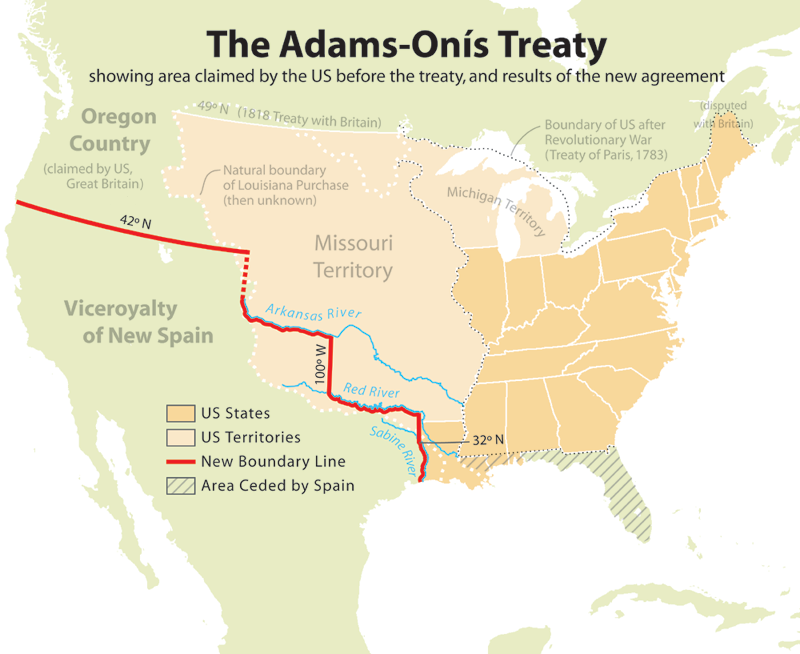|
El Pueblo (Colorado)
El Pueblo, also called Fort Pueblo, was a trading post and fort near the present-day city of Pueblo in Pueblo County, Colorado. It operated from 1842 until 1854, selling goods, livestock, and produce. It was attacked in 1854, killing up to 19 men and capturing three people. A recreation of the fort is located at the El Pueblo History Museum at the site of the original fort. History The independent trading post was established in 1842 by traders, trappers, and hunters of Hispanic, French, Anglo, and Native American heritage. The idea began with Bent's Old Fort trader George Simpson. Other likely individuals include Mathew Kinkead, Joseph Mantz, Francisco Conn, Robert Fisher, Joseph Doyle, and Alexander Barclay. Teresita Sandoval played an instrumental role in the daily operations of the post. James Beckwourth claimed to have been an original builder of the fort but efforts to discredit his claims have been suggested as due to racism. John C. Fremont stated of his visit in ... [...More Info...] [...Related Items...] OR: [Wikipedia] [Google] [Baidu] |
El Pueblo History Museum
El Pueblo History Museum is a local history museum in Pueblo, Colorado, United States. The museum presents the history of Pueblo, together with the cultural and ethnic groups of the region. The historical site includes an 1840s-style adobe trading post and plaza and the archaeological excavation site of the original 1842 El Pueblo trading post which was listed on the US National Register of Historic Places in 1996. The facility is administered by History Colorado. The museum is an affiliate of the Smithsonian Institution, and is accredited by the American Alliance of Museums (AAM). History * 1803 The United States makes the Louisiana Purchase and President Thomas Jefferson sends Meriwether Lewis and William Clark on their mission of exploration, mapping, trade, science, and sovereignty. * 1806 James Wilkinson sends Zebulon Pike to explore the Southwestern United States, they establish an outpost near the confluence of the Fountain Creek and the Arkansas River, before attemp ... [...More Info...] [...Related Items...] OR: [Wikipedia] [Google] [Baidu] |
Francis Parkman
Francis Parkman Jr. (September 16, 1823 – November 8, 1893) was an American historian, best known as author of '' The Oregon Trail: Sketches of Prairie and Rocky-Mountain Life'' and his monumental seven-volume '' France and England in North America.'' These works are still valued as historical sources and as literature. He was also a leading horticulturist, briefly a professor of horticulture at Harvard University and author of several books on the topic. Parkman wrote essays opposed to legal voting for women that continued to circulate long after his death. Parkman was a trustee of the Boston Athenæum from 1858 until his death in 1893. Biography Early life Parkman was born in Boston, Massachusetts, to the Reverend Francis Parkman Sr. (1788–1853), a member of a distinguished Boston family, and Caroline (Hall) Parkman. The senior Parkman was minister of the Unitarian New North Church in Boston from 1813 to 1849. As a young boy, "Frank" Parkman was found to be of poor hea ... [...More Info...] [...Related Items...] OR: [Wikipedia] [Google] [Baidu] |
National Register Of Historic Places In Pueblo County, Colorado
__NOTOC__ This is a list of the National Register of Historic Places listings in Pueblo County, Colorado, USA. It is intended to be a complete list of the properties and districts on the National Register of Historic Places in Pueblo County, Colorado. The locations of National Register properties and districts for which the latitude and longitude coordinates are included below, may be seen in a map. There are 69 properties and districts listed on the National Register in the county, one of which is also designated a National Historic Landmark. Another six properties was once listed but has been removed. Current listings Former listings See also *List of National Historic Landmarks in Colorado *List of National Register of Historic Places in Colorado *Bibliography of Colorado *Geography of Colorado *History of Colorado *Index of Colorado-related articles *List of Colorado-related lists *Outline ... [...More Info...] [...Related Items...] OR: [Wikipedia] [Google] [Baidu] |
Early History Of The Arkansas Valley In Colorado
The early history of the Arkansas Valley in Colorado began in the 1600s and to the early 1800s when explorers, Mountain man, hunters, trappers, and traders of European descent came to the region. Prior to that, Colorado was home to Prehistory of Colorado#Prehistoric people, prehistoric people, including Paleo-Indians, Ancestral Puebloans, and Prehistory of Colorado#Late prehistoric Native Americans, Late prehistoric Native Americans. With Territorial evolution of the United States, westward expansion of the United States, Colorado saw a number of trading posts and small settlements established in the Arkansas River, Arkansas and South Platte River, South Platte valleys including Bent's Fort and El Pueblo (Pueblo, Colorado), El Pueblo. Southern Colorado, previously part of New Spain, was ceded in 1848 to the United States following the end of the Mexican–American War (1846–48). The early history of the Arkansas valley ends with the Pike's Peak Gold Rush, Colorado Gold Rush of ... [...More Info...] [...Related Items...] OR: [Wikipedia] [Google] [Baidu] |


